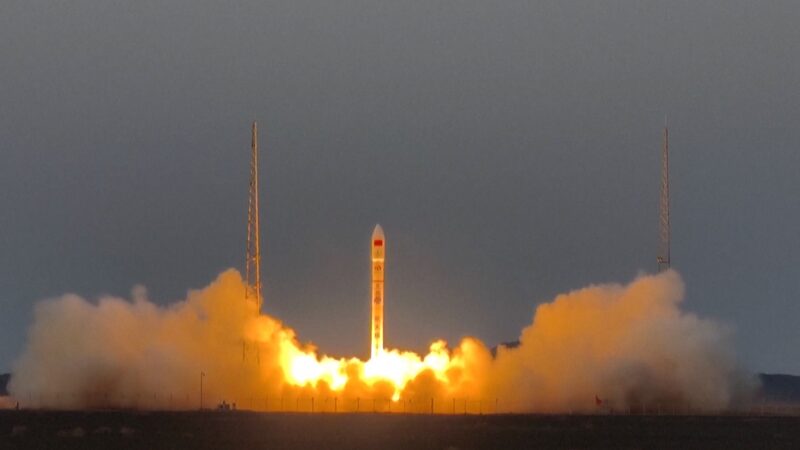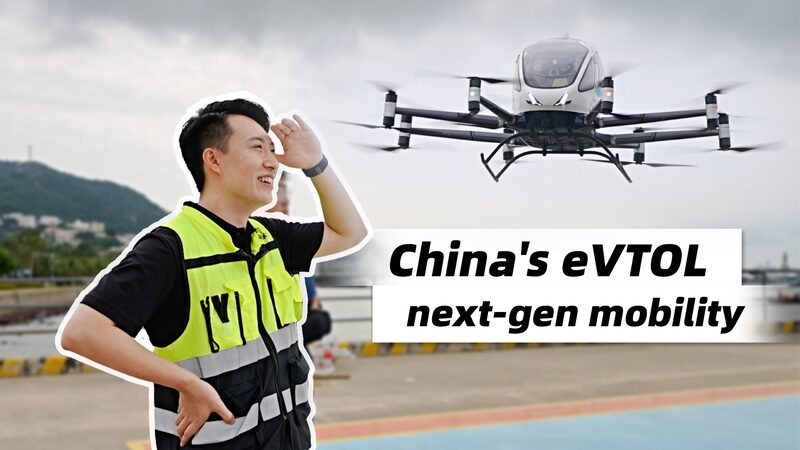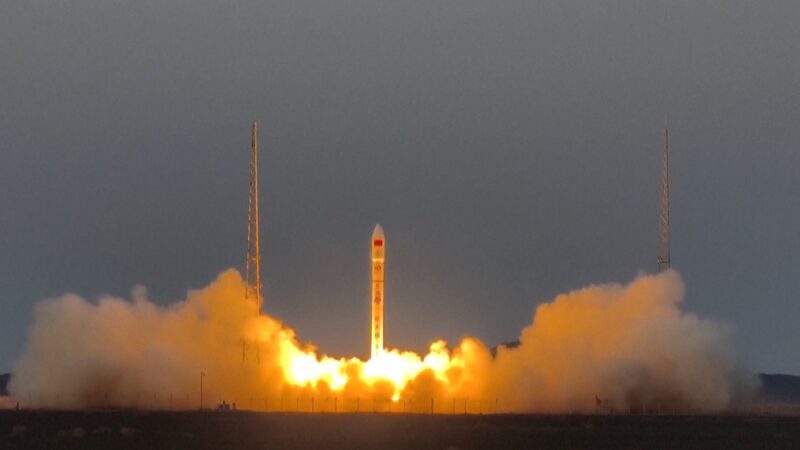China's low-altitude economy is rapidly transforming from a niche concept to a national strategic priority, blending aerospace innovation with cross-sector collaborations. First articulated in Premier Li Qiang's 2024 government work report during the Two Sessions, this emerging industry targets airspace below 1,000 meters for applications ranging from drone deliveries to electric air taxis.
Dong Zhiyi, former deputy director of the Civil Aviation Administration of China, describes it as “an integrated economic system combining traditional aviation with cutting-edge technologies like eVTOLs”. The sector has already achieved milestones including over 400,000 commercial drone deliveries by Meituan and a groundbreaking 15-minute test flight between Shenzhen and Zhuhai using a four-passenger eVTOL aircraft.
Three Pillars of Growth
1. Technological Integration: China is optimizing airport networks and approval processes to enable rapid scaling of emergency medical transport and regional air mobility services.
2. Commercial Scaling: Guangdong Province leads in deploying drone swarms for agricultural monitoring and urban logistics, supported by 5G-enabled traffic management systems.
3. Regulatory Infrastructure: The 2024 Interim UAV Flight Regulations establish clear frameworks for airspace classification and risk management, crucial for attracting global investment.
Analysts highlight the low-altitude economy’s potential to generate $82 billion annually by 2030 through smart city applications and advanced manufacturing synergies. As international businesses explore partnerships with Chinese tech firms like EHang, Beijing maintains a dual focus on fostering innovation while ensuring aviation safety.
Reference(s):
Expert decodes China's low-altitude economy development path
cgtn.com








